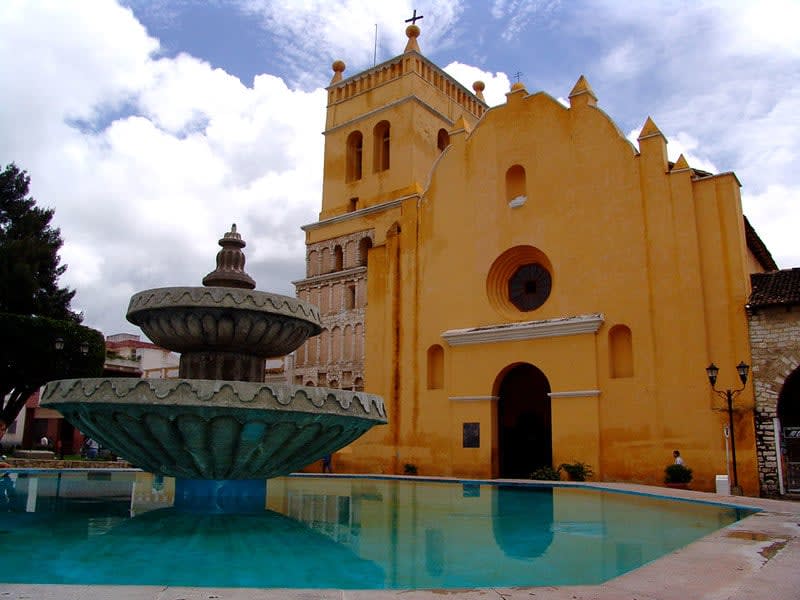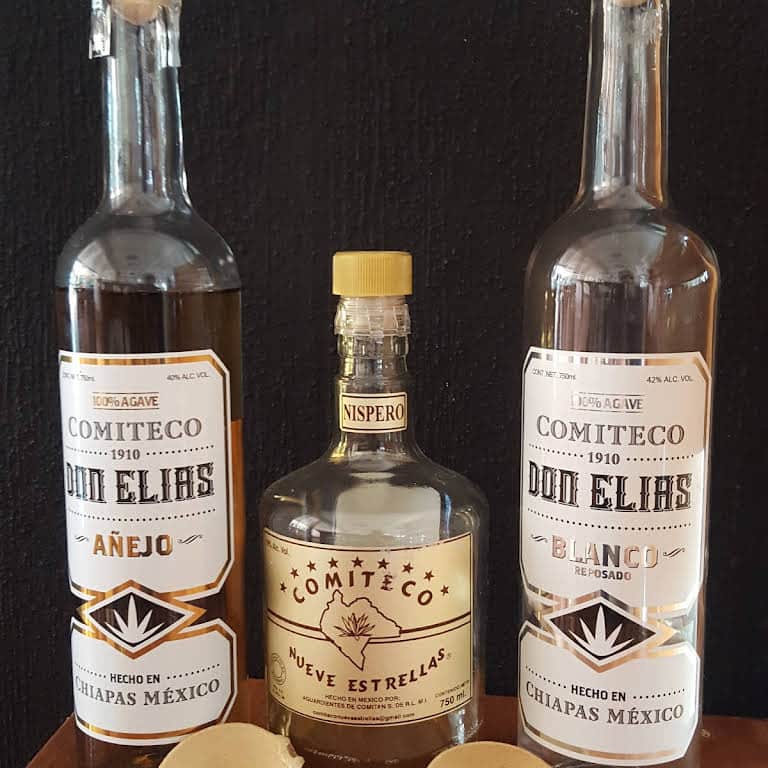
Savoring Comiteco: Chiapas’ Hidden Gem in Agave Distillation
Savoring Comiteco: Chiapas’ Hidden Gem in Agave Distillation
If you are a fan of mezcal, tequila, or any other agave-distilled beverage, you will surely like Comiteco, a 500-year-old drink from Comitan de Dominguez, a municipality in the state of Chiapas.
The name Comitan derives from the Nahuatl name komitl-tlán, imposed by the Aztecs in 1486, and means “Place of fevers.”
In 1556 the missionary Diego Tinoco moved its population, along with his group of indigenous Tojolabales, to the present location.
Finally, in 1625, the region was renamed Santo Domingo de Comitan, although in 1915, the surname Dominguez was added in memory of Belisario Dominguez Palencia, a Mexican physician, and politician.
Background

The history of Comiteco dates back to colonial times. It is said that it was the first distilled beverage to be produced in New Spain before mezcal.
Even the Naval Museum of Madrid revealed that Comiteco was considered the finest and most delicate alcoholic beverage.
You may want to read: Is Mezcal a Type of Tequila? A Complete Guide to Agave Spirits
And although it is considered to be very similar to mezcal, Comiteco has a different elaboration since it is made from the aguamiel (mead) that comes from the mature heart of the agave.
In the 1970s, the production of Comiteco resumed (years ago, its distribution had paused due to the imposition of heavy taxes on alcoholic beverages).
Now, the production of this drink continues and even has different versions.
What is Comiteco, and how is it produced?

Comiteco is a distilled beverage produced exclusively in the region of Comitan, derived from the heart of the agave, which must be between seven and nine years old.
On average, the agave can yield 300 to 400 liters in a few months.
To begin its elaboration, the agave heart must be scraped, and the mead that sprouts must be collected.
This is followed by fermentation in jars. To distill it, it is essential to raise its temperature through firewood heat, but the fire must not exceed 79 °C.
In addition, mother yeast and piloncillo are added. After two months, the first batch of distillate is produced.
Generally, the alcohol content may exceed 45 degrees, so you should take the first sip easy, so your palate gets used to the flavor.
What does Comiteco taste like?
The taste may vary depending on the type of Comiteco you will try. It is usually sweet, not cloying, and its flavor may remind you a little of aguamiel (mead) and pulque.
This distillate is ideal for those who like to feel that throat-burning sensation. And best of all, if it’s of good quality, it won’t give you a cruda (hangover).
There are several styles due to the interest in increasing its production.
The most common is a crystalline liquid, although sometimes it is aged and the color turns brown. Its tone will depend on the sugar percentage and its elaboration.
For example, sweet aged comitecos can be loquat, peach, or blackberry; if you prefer, they can also be a special reserve or sweet lemon.
You can also find Comiteco with “blue bubbles,” which have a more elaborate distillation process than others.
How to buy Comiteco

There are several high-end liquor stores in the U.S. and online shops where you can order Comiteco.
The brand currently offered in the American market is Comiteco 9 Guardianes Blanco.
If you’re in Mexico, be aware that a similar spirit can be made from sugar cane and may receive the same name, but this drink is of lower quality.
As with tequila and other mezcals, make sure you get authentic Comiteco by inspecting the label and ensuring it is made from 100% agave.